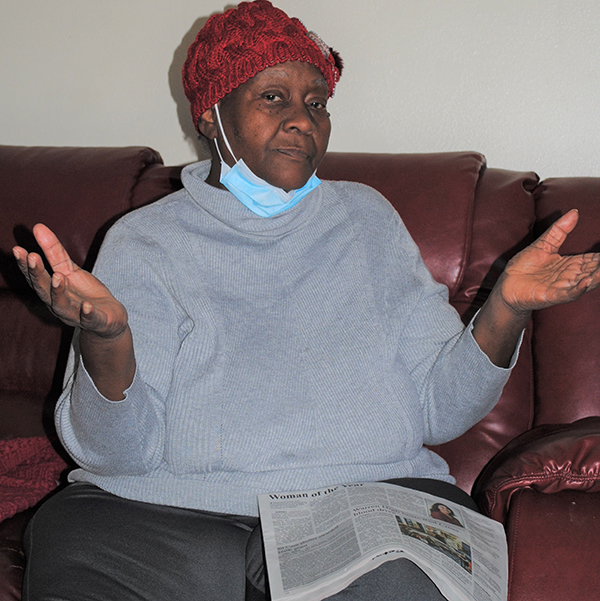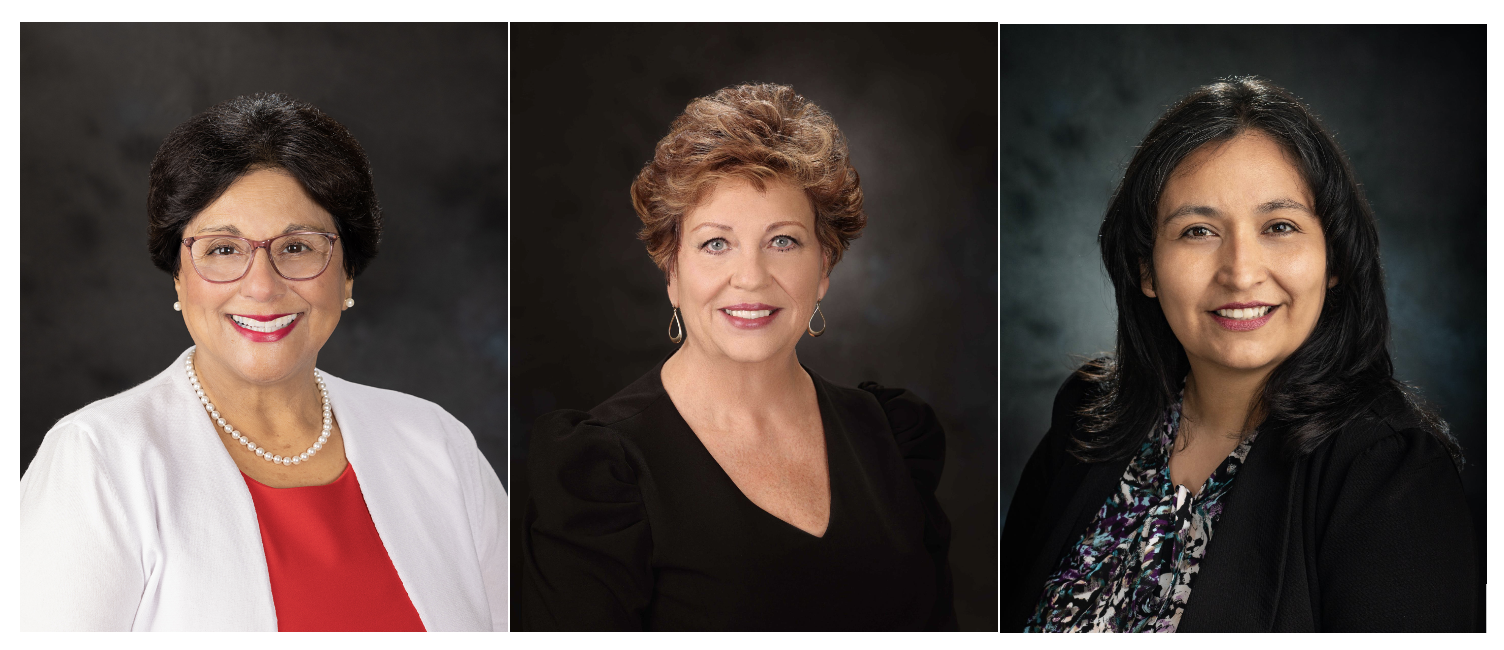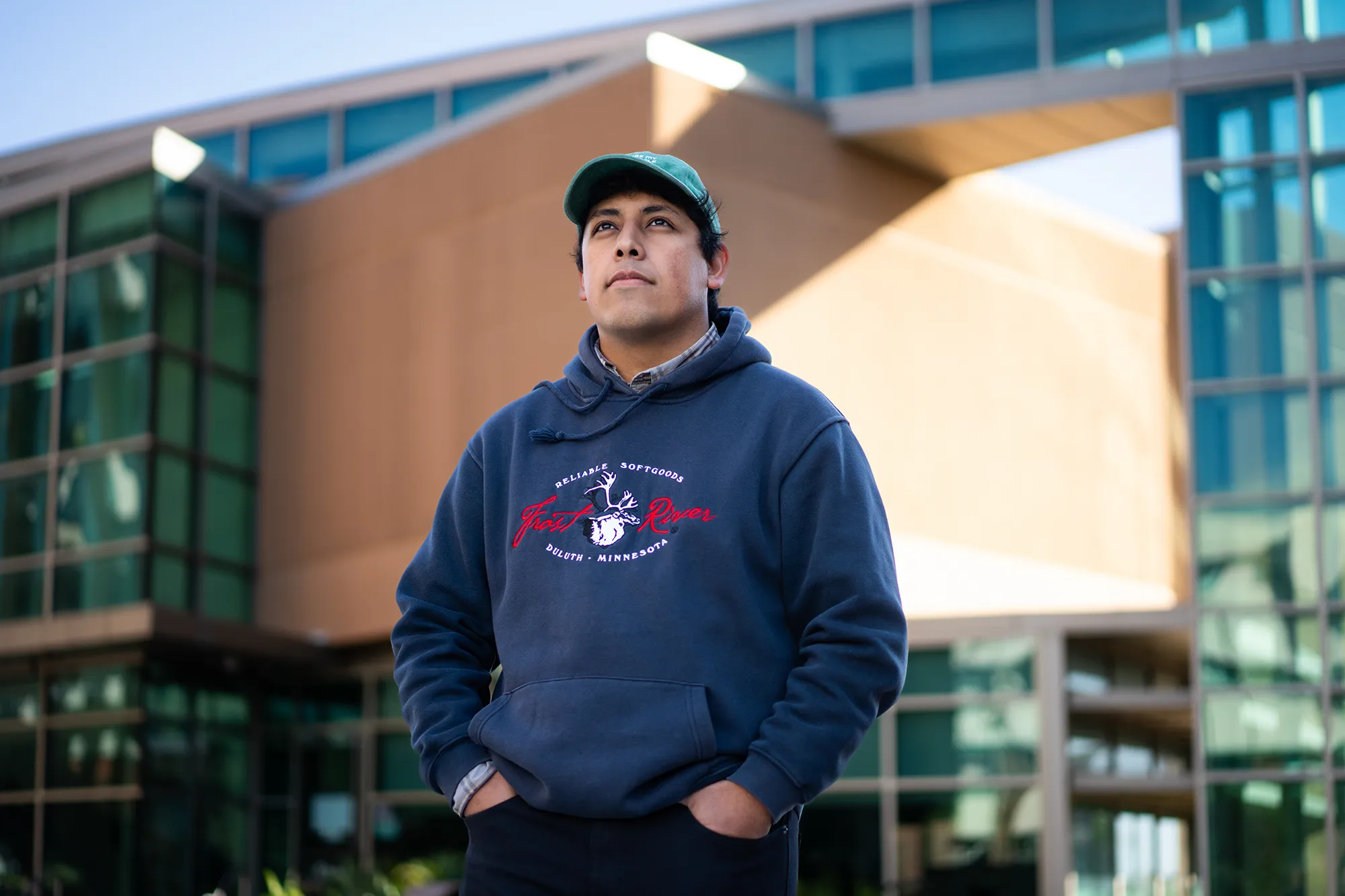By Alfredo Santana
Contributing Writer
DOWNEY — For education advocate Mary Johnson, the COVID-19 pandemic brought a new chapter in her fight to increase grassroots involvement in academic success and college readiness for area students.
In the last 22 years, Johnson’s nonprofit organization Parent-U-Turn has reached out to parents in Southeast Los Angeles County, building bridges of communication between teachers and administrators about the learning conditions that many poor students endure.
But last March, her job got more complicated as districts canceled in-person teaching, and courses migrated online to control the spread of the highly contagious coronavirus.
The COVID-19 pandemic uncovered deeper holes with virtual classes in households unprepared for the challenge.
Now, students wrestle with problems most often seen seen Third-World countries: they lack computers and laptops to complete assignments, noisy neighbors play loud music that extends overnight, and parents lack basic reading and writing skills to help.
Other parents are unable to assist children with homework because they are essential workers who work long hours. Other households cannot afford Wi-Fi connections.
“Some of the current learning conditions are unsustainable,” said Johnson, who has developed advocacy standards for urban and rural parents to navigate through deficient schools and raise their children’s grades. “We want to make sure the parents get the right training. The key issue here is to gather their voice.”
Johnson served as a community representative before the Los Angeles Unified School District in the early 2000s, giving voice to crusades for better books in math and English, tailoring educational programs that account for history and social trades representative of Latino and Black students, and improving training for special education teachers.
She founded Parent-U-Turn in 1999 with the goal of increasing parent involvement in their children’s education, creating supportive learning environments and correcting systemic wrongs like lacking curriculum for diverse students.
Determined to fill in the void caused by the ongoing health crisis, Johnson pivoted and launched a survey in late February for parents and students countywide to find out what issues concern them most while children engage in distance learning and gather data to strengthen the organization’s advocacy. The survey is available at www.parentuturn.com.
So far, about 150 parents and 50 students have taken the survey. Johnson explained that data analysts from UCLA and other experts would help gather its conclusions in about two to three months when it closes, and the results would be forwarded to the Los Angeles County Office of Education in Downey with suggestions on how to make students successful in distance learning.
“We have a lot of data from teachers and from administrators,” Johnson said, “but not from parents. Every kid in the community should be qualified to go to college.
A Downey resident, Johnson’s mission extends to empowering parents to create oversight committees in the Lynwood and Downey unified school districts, in search of accountability from administrators as they are poised to receive big sums of money from the state to reopen campuses before April 1.
Signed by Gov. Gavin Newson on March 5, AB 86 would provide $6.6 billion to California school districts to reopen classes for elementary students and one grade of middle or high school, with more frequent COVID-19 testing for anyone without symptoms only if districts move from the purple to the red tier.
Elementary schools would receive $2 billion if they offer traditional classes by April 1, with decreasing grants if they decide to open later, and no allocations if the schools are still shut down by May 15.
About $4.6 billion would be used in the next 18 months for curricula designed to overcome the learning opportunities lost to students since March 2020, when the state government issued orders to close campuses to mitigate virus contagion.
Downey Unified confirmed it will reopen for students from transitional kindergarten through the fifth grade on March 29, whereas Lynwood Unified announced the purchase of special air filters for classrooms, hand washers, new water bottle stations for students to refill their containers and traditional hand sanitizers located at classrooms’ entrances and electrostatic sanitizers to disinfect classrooms more efficiently.
Lynwood Superintendent Gudiel Crosthwaite said in a Facebook video that classrooms would host between 9 and 12 students with social distancing and projected many parents would be hesitant to send their children back to an environment where they could catch the virus, become asymptomatic or get sick.
Crosthwaite said the district is negotiating with the teachers association to set a reopening date, but acknowledged that the lack of vaccinations remains a thorny issue. Middle and high schools may reopen within the next two weeks, he said.
“We want to make sure that out teachers feel comfortable, and they know that is going to be safe to return to school,” Crosthwaite said.
Johnson doubts all schools will reopen unless teacher unions clinch inoculations for staff. In addition, the new coronavirus variants from the U.K., South Africa, Brazil and another detected in New York City can throw a wrench on reopening if outbursts outnumber efforts to tame the disease with vaccines and sanitizing protocols.
Although Lynwood and Downey are better positioned financially than larger and more crowded districts, cracks showed as online links overloaded with students, forcing some to miss classes.
Take the example of Jeremiah Aguilar, a 14-year-old freshman at Warren High, and Johnson’s grandson.
He shares homework and material on Google Docs with classmates, engages in PlayStation videogames with friends, but could not log in to class on March 4 due to saturated connections.
In addition, the high school gave him only one book this year, for a Spanish class. Additional readings, math lessons and exercises are held online with digital texts.
“How can kids be good at math if they do not have books with examples they can relate to?” Johnson asked. “He is not lonely or depressed, but I know he misses school.”
Last year, Johnson contacted Downey Superintendent John Garcia about considering Parent-U-Turn curricula, but said he did not follow through.
Downey’s public relations coordinator Ashley Greaney said the district “consistently evaluates curriculum put forth by different proponents,” and is aware of Johnson’s concerns, plus the hiccups with online education.
She said the pandemic forced the district to pivot to virtual learning and they are constantly re-evaluating methods to correct glitches.
“We know there’s a lot of work to be done. We expect this summer we will roll out [full] hybrid programs and we will continue providing individualized services for struggling students,” Greaney said.
Downey Unified handed 1,400 laptops and computers to children in need, many with paid internet, and others with Wi-Fi capable to connect in hotspots, like the city’s library, Greaney added.
South Gate resident Mary Galvan said a key feature in the unique Parent-U-Turn’s approach resides in Johnson’s commitment to better children’s education and devised curricula using diversity as a common theme.
“Our diverse backgrounds not only cross racial lines, but generational lines as parents and grandparents come together to contribute to the needs of students,” Galvan said.
Johnson is also the author of “The 21st Century Parent,” a book that encourages bonds between parents, teachers and public school administrators to close gaps in student achievement.
In addition, the website sales a curriculum package with a user and end guide that includes PowerPoint slides for each module and a flash drive with the modules for $200.
“The survey is a tool [we] hope will support parents and youth with data and research evidence while navigating the troubled waters of distance learning,” Johnson said. “The survey gathers data on issues like lack of resources, mental health and appropriate services for struggling students.”












